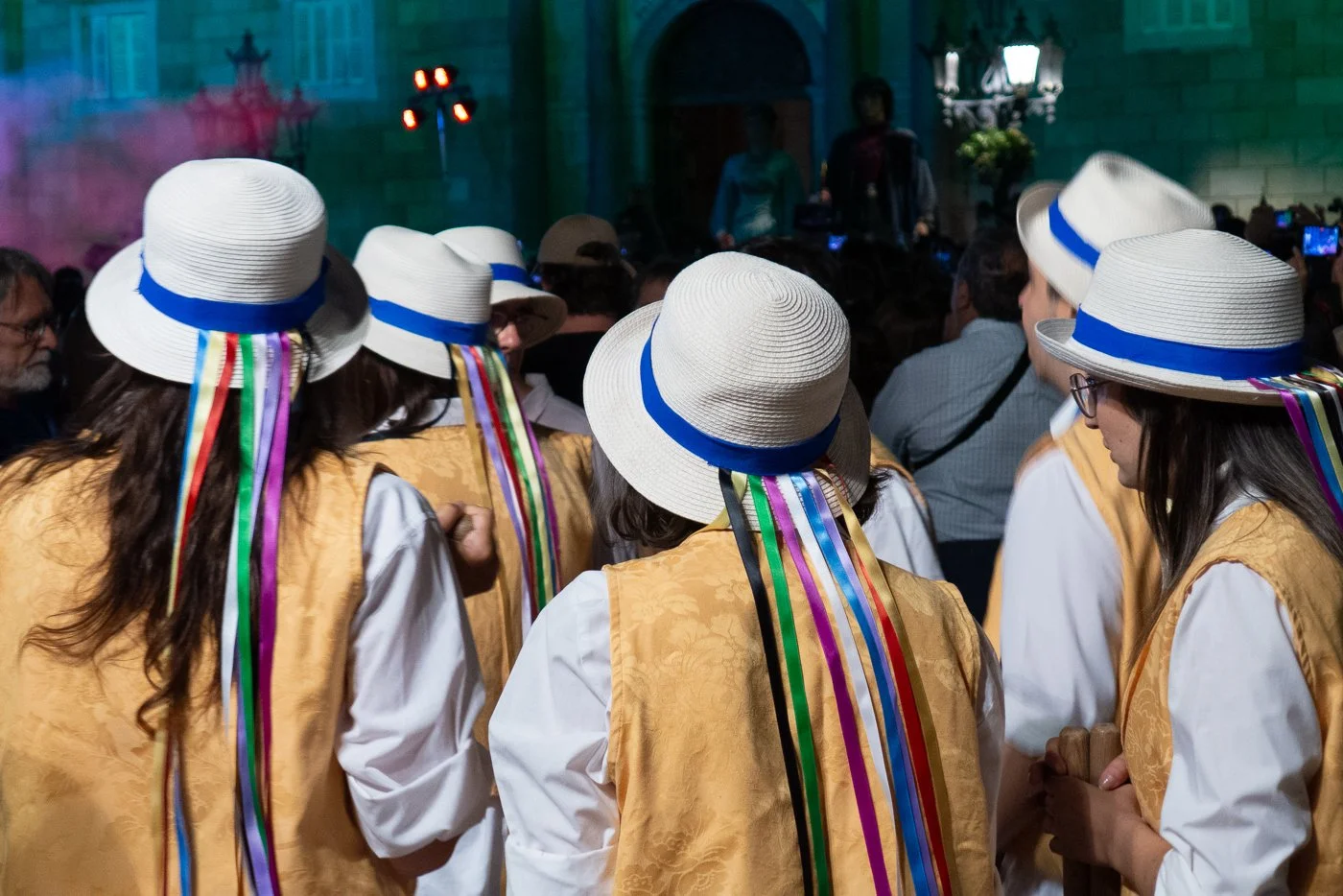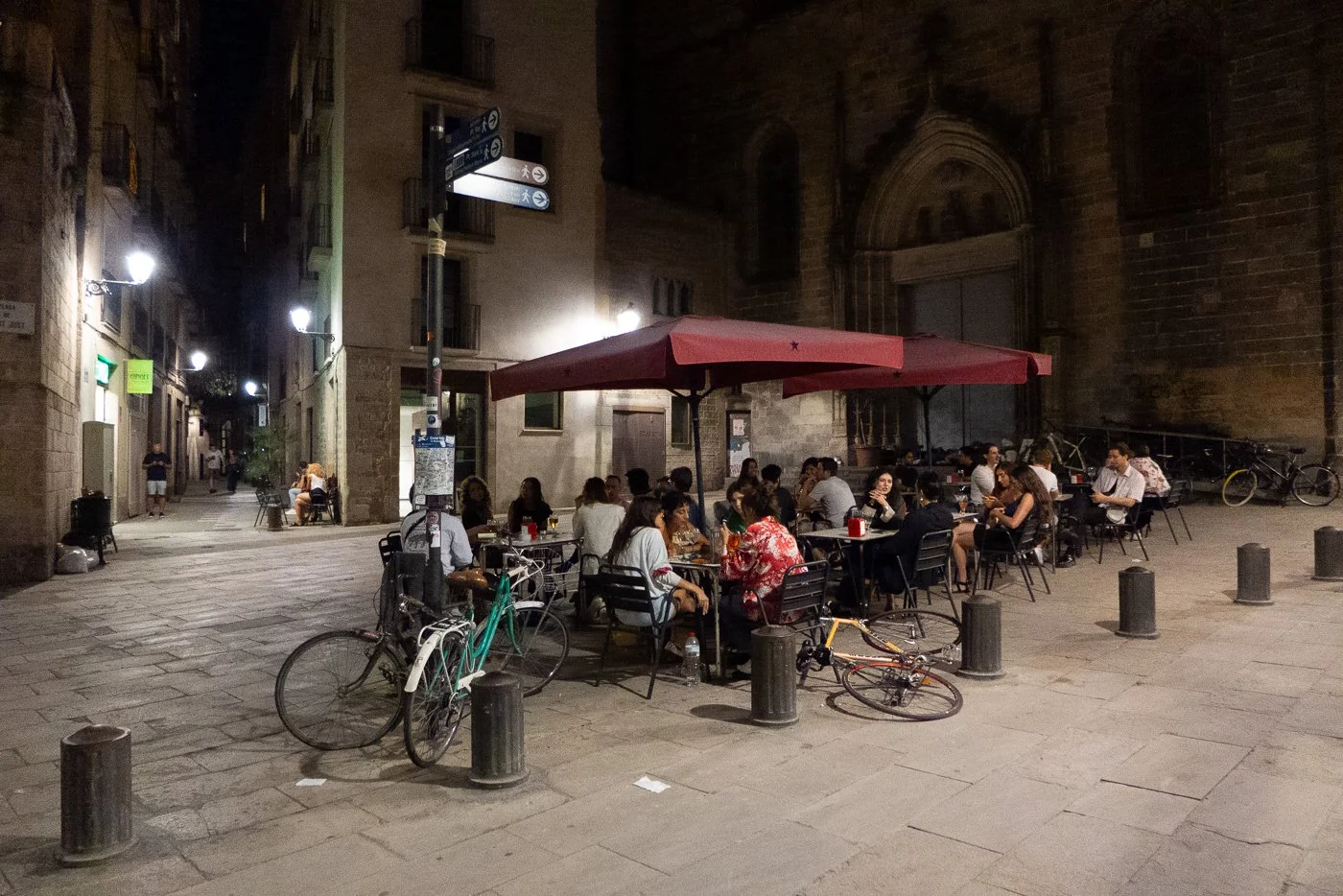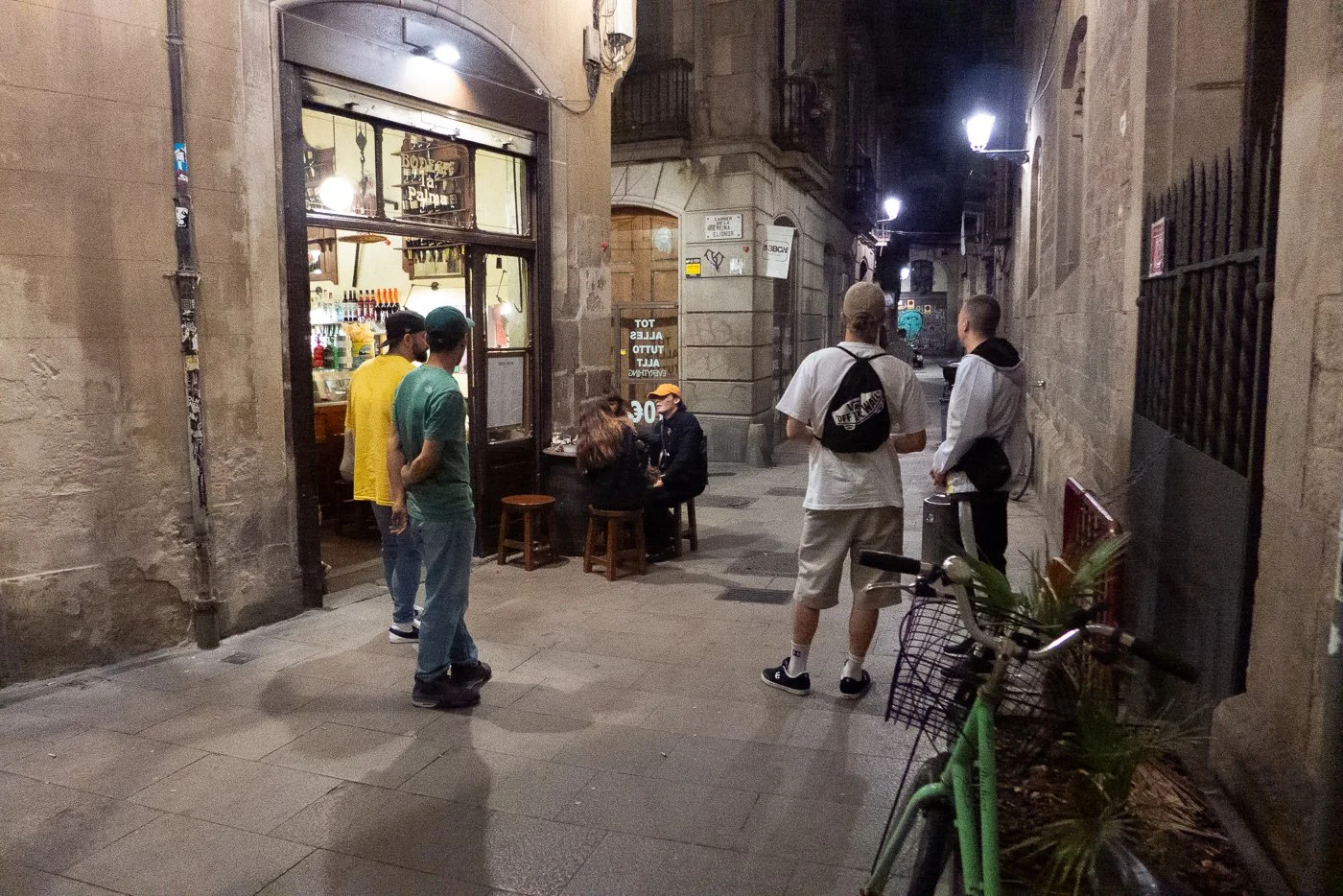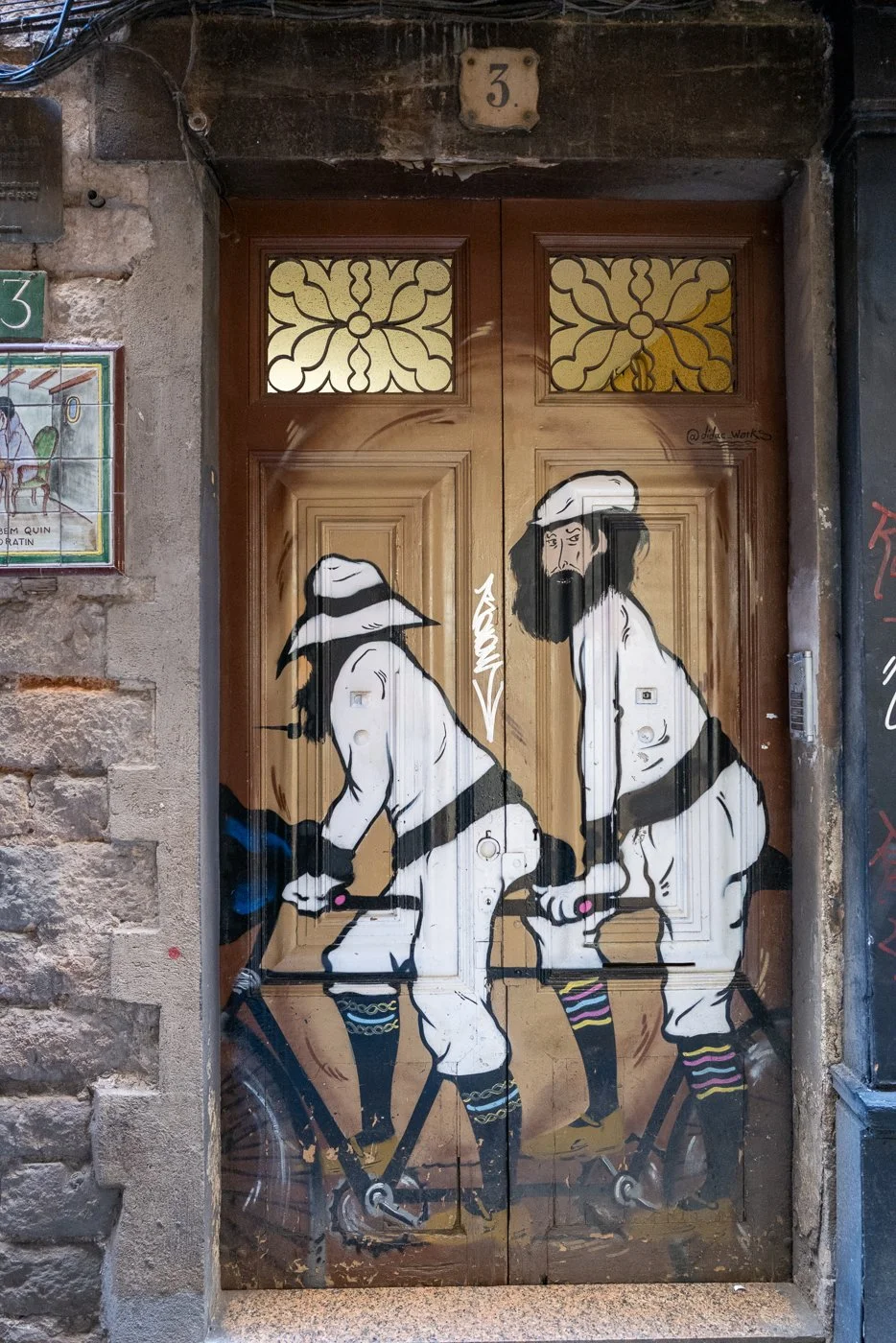Barcelona, known as the vibrant capital of Catalonia, has an incredibly rich past that continues to shape its present. Steeped in history, the city proudly showcases its Roman roots through the preserved ruins of Barcino, while the Gothic Quarter mesmerizes visitors with its narrow alleys and stunning medieval structures. Barcelona's past also boasts the imaginative architectural marvels of Antoni Gaudí, such as the awe-inspiring Sagrada Familia and Park Güell, which now serve as world-renowned landmarks. Today, Barcelona exudes a cosmopolitan energy that attracts people from all walks of life. The city's thriving art scene, lively festivals, and renowned culinary offerings make it a must-visit destination. Barcelona's modern skyline is marked by innovative skyscrapers and contemporary designs, blending seamlessly with its historical charm. A stroll down Las Ramblas offers a glimpse into the city's vibrant present, with bustling markets, street performers, and vibrant nightlife. Barcelona's past and present seamlessly intertwine, creating a captivating tapestry that beckons visitors to explore its diverse offerings.
I visited Barcelona in September 2023, which coincided with the Barcelona La Mercè Festival, a yearly event close to the end of September, which is a massive street festival and stands out as a true spectacle of creativity, colour, and community spirit. Celebrated annually from the 22nd to the 25th of September, the La Merce Festival is a beloved event that pays tribute to the city's patron saint, the Virgin of La Merce. It brings together locals and visitors alike, immersing them in a whirlwind of exhilarating activities, street performances, and awe-inspiring traditions. Some events happen during the day, the city comes alive at night with crowds congregating well into the evening. The streets of Barcelona come to life during the festival, as parades and processions wind their way through the city. One of the most famous processions is the "Gigantes," where towering giants made of paper mache, representing legendary characters, traverse the streets to the delight of the crowd. There are lots of people and lots of tourists, and the bars and restaurants are busy. The festival, which officially first took place in 1902, bids goodbye to the summer with a bang and welcomes in the cooler months of autumn.
The Gothic Quarter is the historic centre of the old city of Barcelona. The quarter encompasses the oldest parts of the city of Barcelona and includes the remains of the city's Roman wall and several notable medieval landmarks. Some of the hotels and restaurants are built into the Roman wall. Much of the present-day fabric of the quarter dates to the 19th and early 20th centuries. The Barri Gòtic retains a labyrinthine street plan, with many small streets opening out into squares.
No visit would be complete without a visit to Sagrada Família, which is an under-construction church and is the largest unfinished Catholic church in the world. Designed by architect Antoni Gaudí (1852–1926), his work on Sagrada Família is part of a UNESCO World Heritage Site.
This short-form visual essay below captures some of the vibe of the city.






























